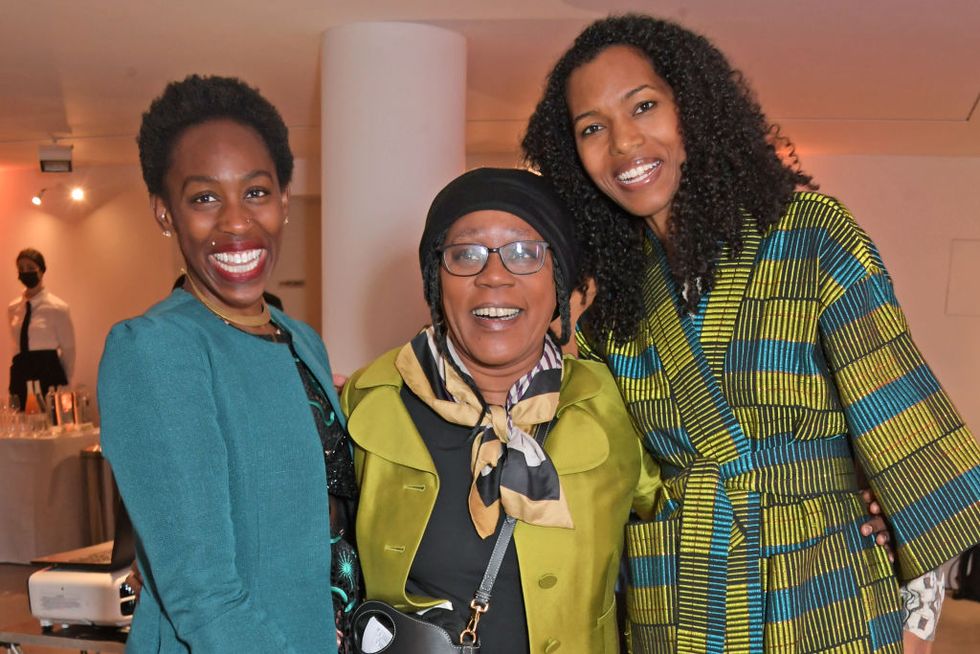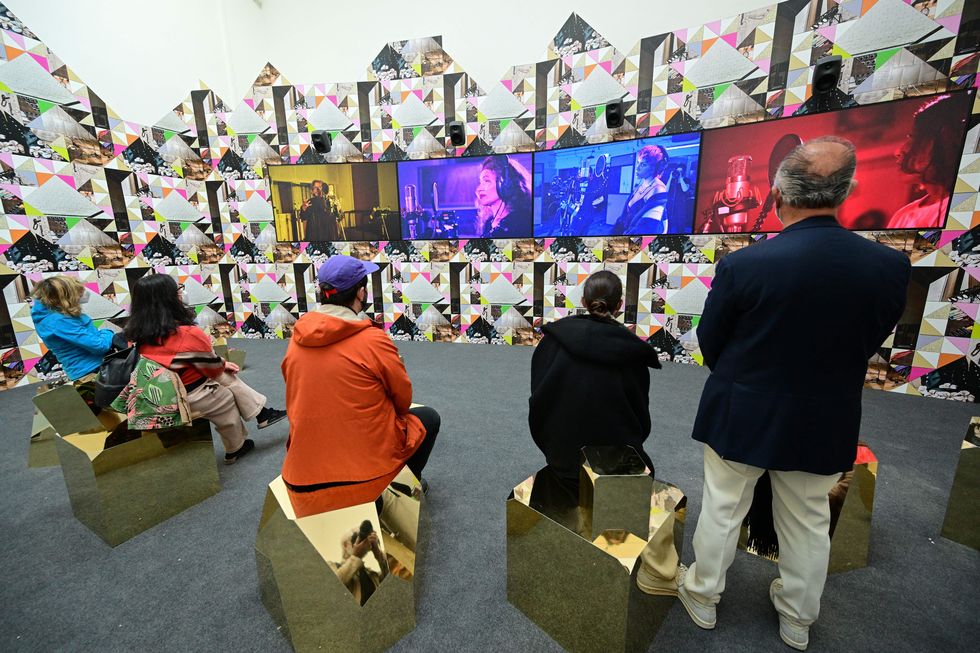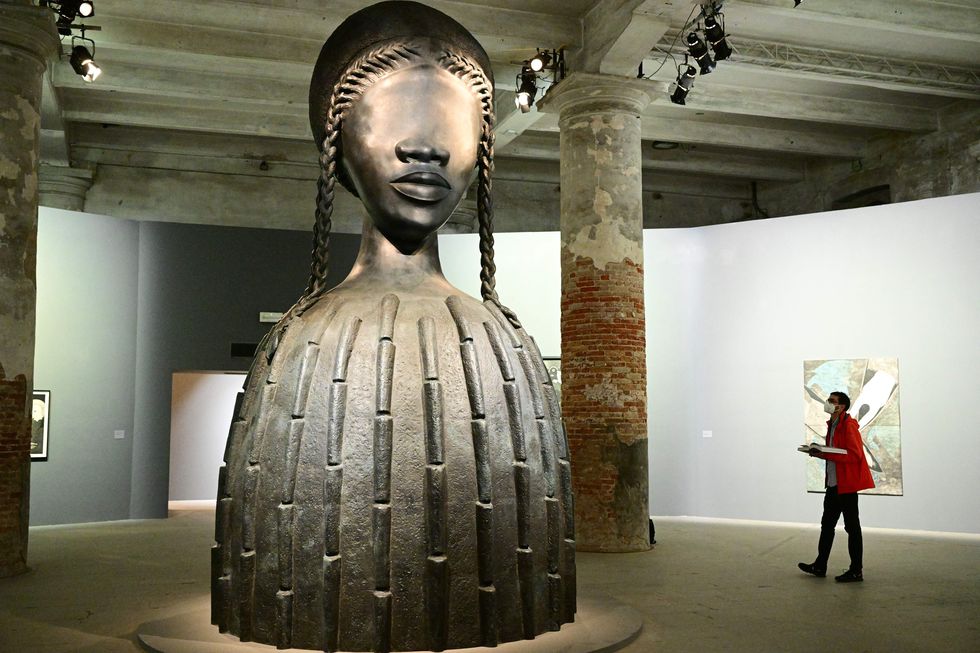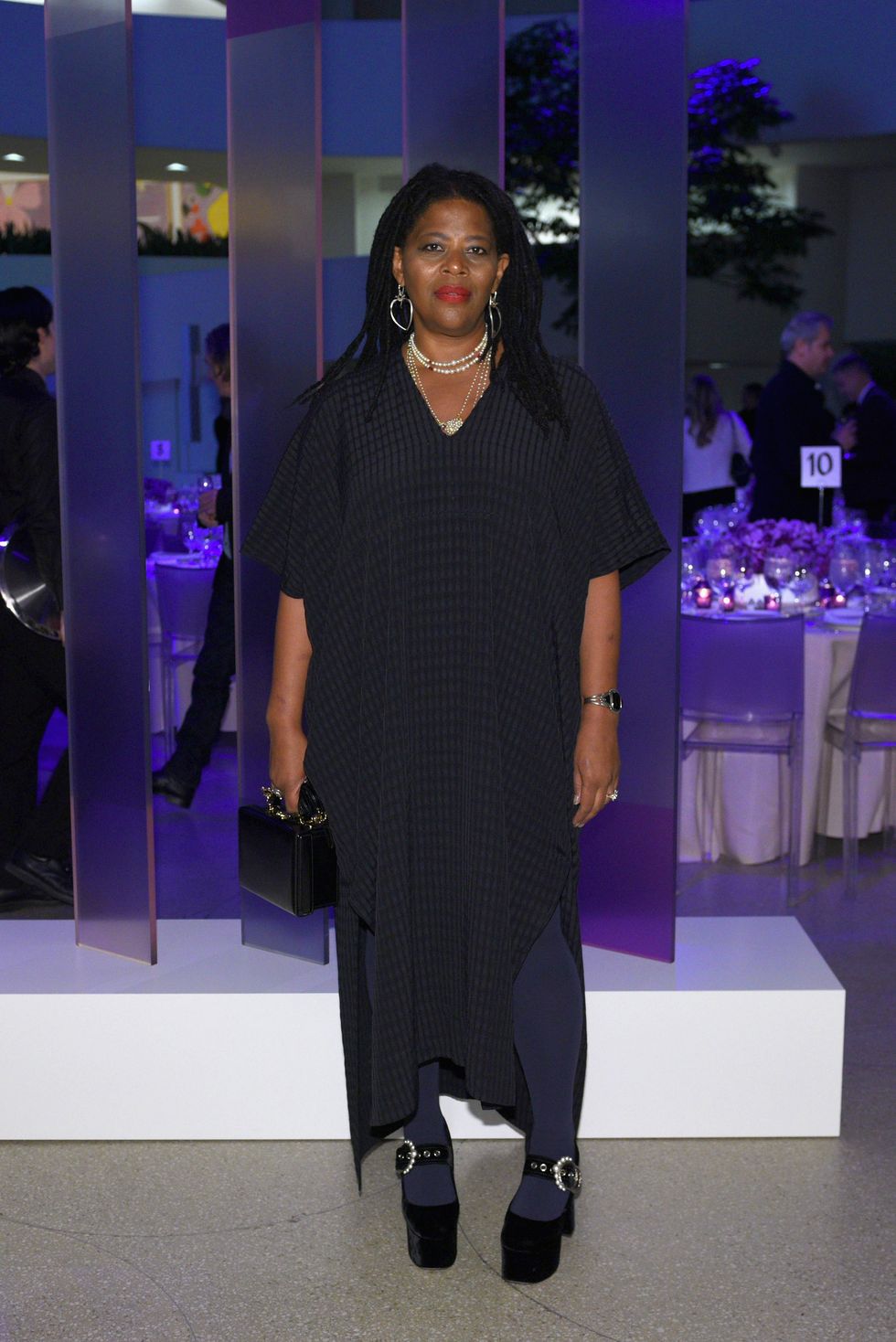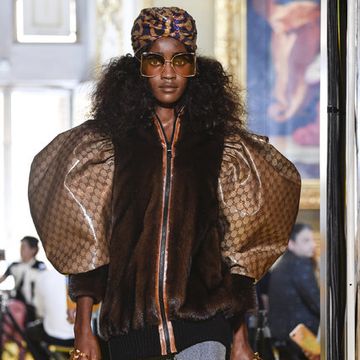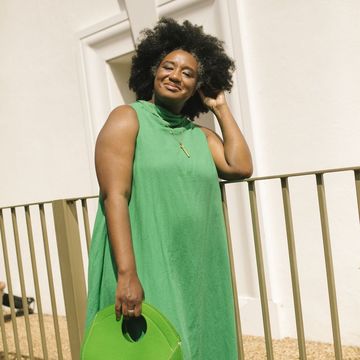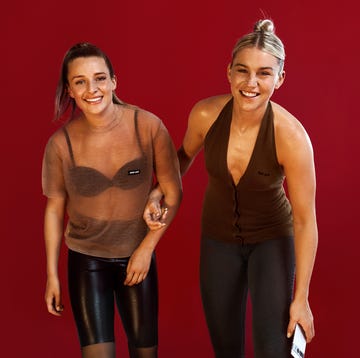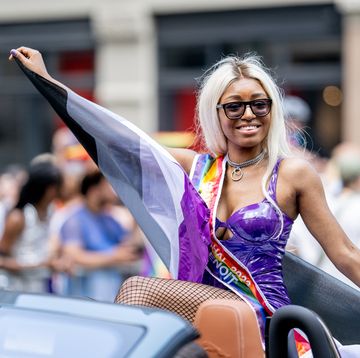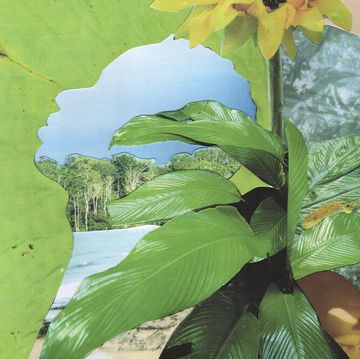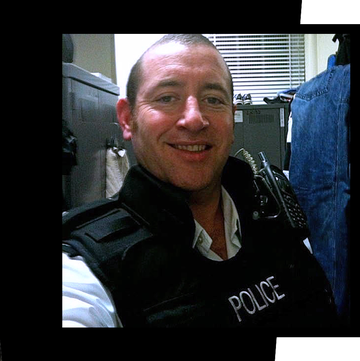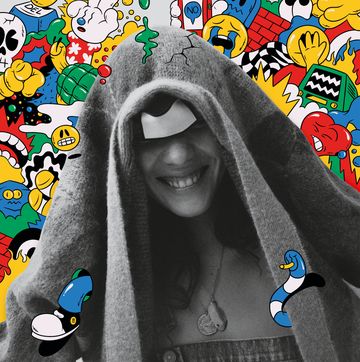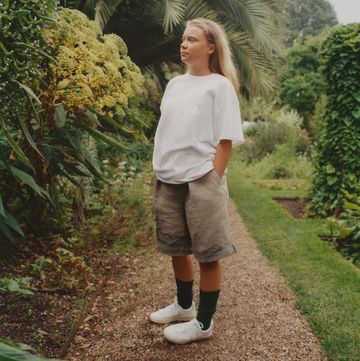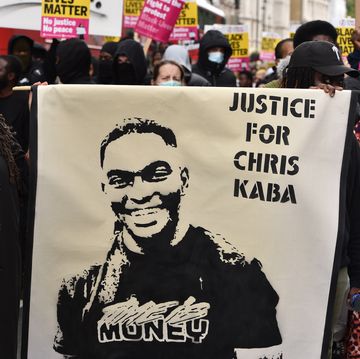'Black Women Reign Victorious' is the headline on ARTNews and I honestly might get that as a tattoo (all caps, of course!) because it is perfection. For the first time in history, both Golden Lions, the top honours at the Venice Biennale, have been awarded to Black women: Sonia Boyce and Simone Leigh.
This year, the wins feel deeply personal. Not only because of the joy of seeing brilliant Black women finally recognised, but also because I had the profound privilege of supporting the artists by becoming a principal patron of the UK Pavilion — I am the first Black woman to do so — as well as a patron of Scotland’s pavilion.
Sonia Boyce and Alberta Whittle have been fearless and steadfast about centring Black voices and Black women’s stories, even when it cost them to do so. Their work addresses the impact of empire, misogyny, homophobia, all while foregrounding Black joy and solidarity.
Sonia and Alberta’s practices have also centred the collective — so much of their work is created in collaboration. They epitomise the principle found across the African diaspora, ‘There is no me without us.’
I believed that the best way to honour them was to bring together other Black women to stand behind them as patrons, because squad is everything. This year, the UK pavilion’s patrons list includes more Black women than it ever has, and our squad, our Venice Dora Milaje, made that so. Annette Anthony, Vanessa Johnson-Burgess, Jacky Wright and Lady Ashley Shaw Scott Adjaye — we all got in formation, hunnies.
In the middle of what feels like end times, it is tempting to discount the 'utility' of art. Why subsidise art in schools when one can subsidise the companies of one’s school chums during a pandemic?
Mr. Ramiro Cruz, my teacher at Aptos Middle School, could only have existed in the 1970s and 1980s-era Independent Republic of San Francisco in which I grew up. Word on the playground was that Mr. Cruz had been a member of the Brown Berets, a Chicano justice movement modelled on the Black Panthers. He taught like he was on fire, as if he was determined to pour everything he knew into us. He introduced us to Diego Rivera, to Frida Kahlo, to art in service of justice. He would take us on field trips to museums, public art installations, murals. He would ask us questions about the work as if our opinions mattered.
Mr. Cruz used art to teach ten-year-olds about colonialism, imperialism, communism, indigenous traditions. Through Diego Rivera’s massive Pan-American Unity mural, for example, he introduced us to the realisation that as Californians we were living on stolen land and borrowed time.
Mr. Cruz’s class is how I came to art as liberatory practice, art as an elevation of overlooked voices, art as a way to tell the truth. From him, I learned so early on that art can be beauty, and it can also be a sword. He taught us that art, especially for marginalised communities, is necessary.
That is why this year’s Venice Biennale feels like such a moment. Cecelia Alemani, the curator, has been deliberate and fearless about programming majority female, non-binary and indigenous artists, after decades of Biennales in which nine out of 10 artists have been white males. This year, the United Kingdom, Scotland, the U.S., France and Switzerland all selected Black and North African women to show in their national pavilions for the very first time, and countries like Cameroon, Uganda and Namibia launched their first ever national pavilions.
I am ambivalent about 'firsts.' A 'first' in the year of our lord 2022 reminds me of all of the centuries of talent and dreams and hopes deferred. In truth, it’s evidence of the grinding cost of systems of power like white supremacy and patriarchy.
Nevertheless. Attention must be paid!
Sonia and Alberta have been uncompromising about centring and celebrating Black people in their work, so Lady Ashley Shaw Scott Adjaye and I decided to celebrate them in Venice with a family reunion, a cookout, a Black joy celebration. We created a space of beloved community in Venice, in their honour.
It was a pan-African diaspora party in the UK Pavilion, with Aretha, Popcaan (Yes. We did.), Koffee, Tems and Stormzy blaring from the speakers, and artists, curators, patrons all enjoying being together.
All of us exist in white spaces, being 'the exception.' The Biennale, and art often feel like the whitest of spaces. So we wanted to bring as many of us together as possible to centre Black joy, not for anyone else, but for us.
Sonia gave me a beautiful book of essays called Liberation Begins in the Imagination, that title epitomises the promise, the urgency of art. Art gives us the comfort, the joy to be able bear the world as it is. And it gives us the space and the energy and the challenge to imagine the world as it could be, as it should be. Especially for so many of us, now and in the past, for whom freedom only existed in our imaginations.

